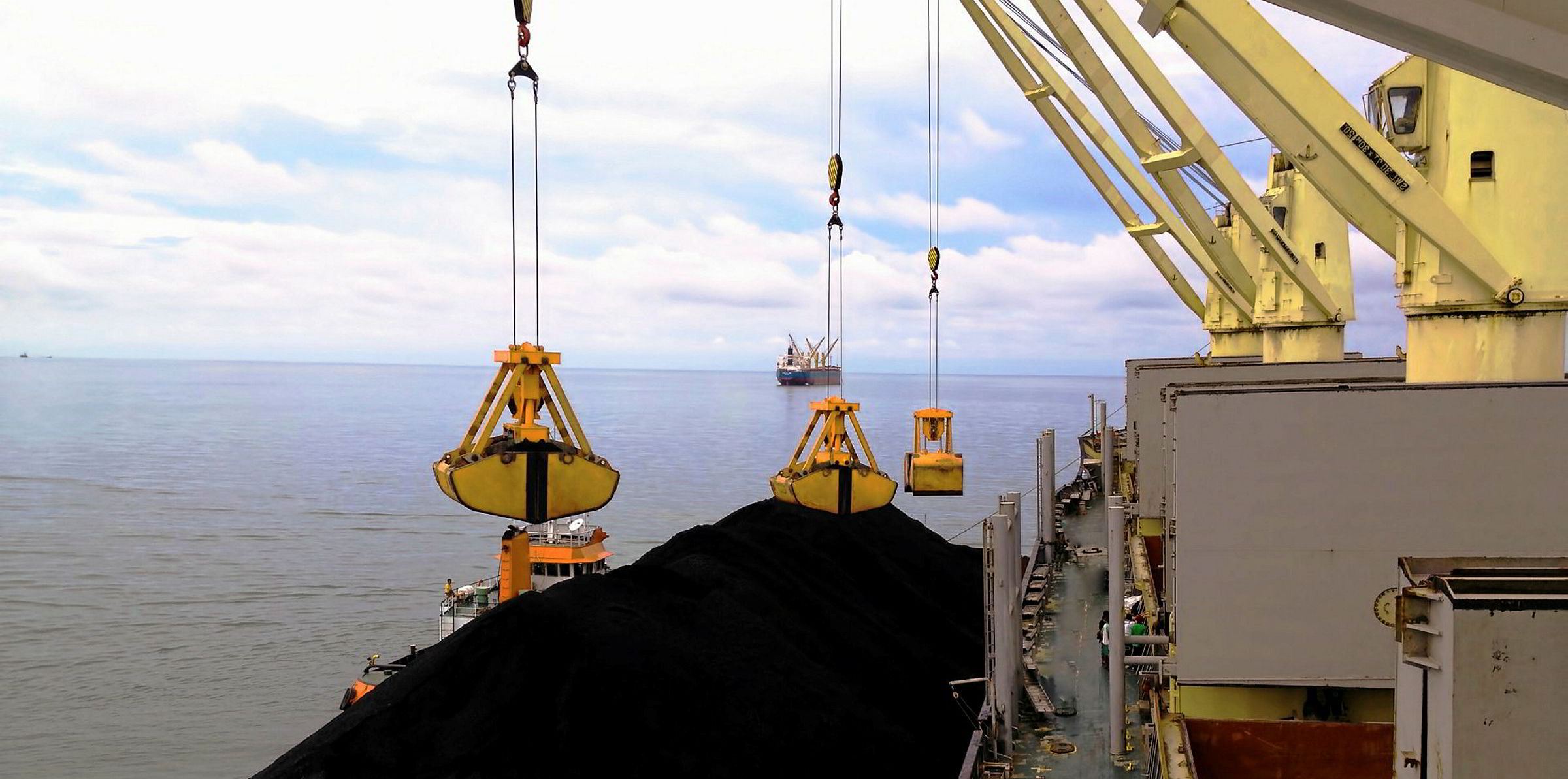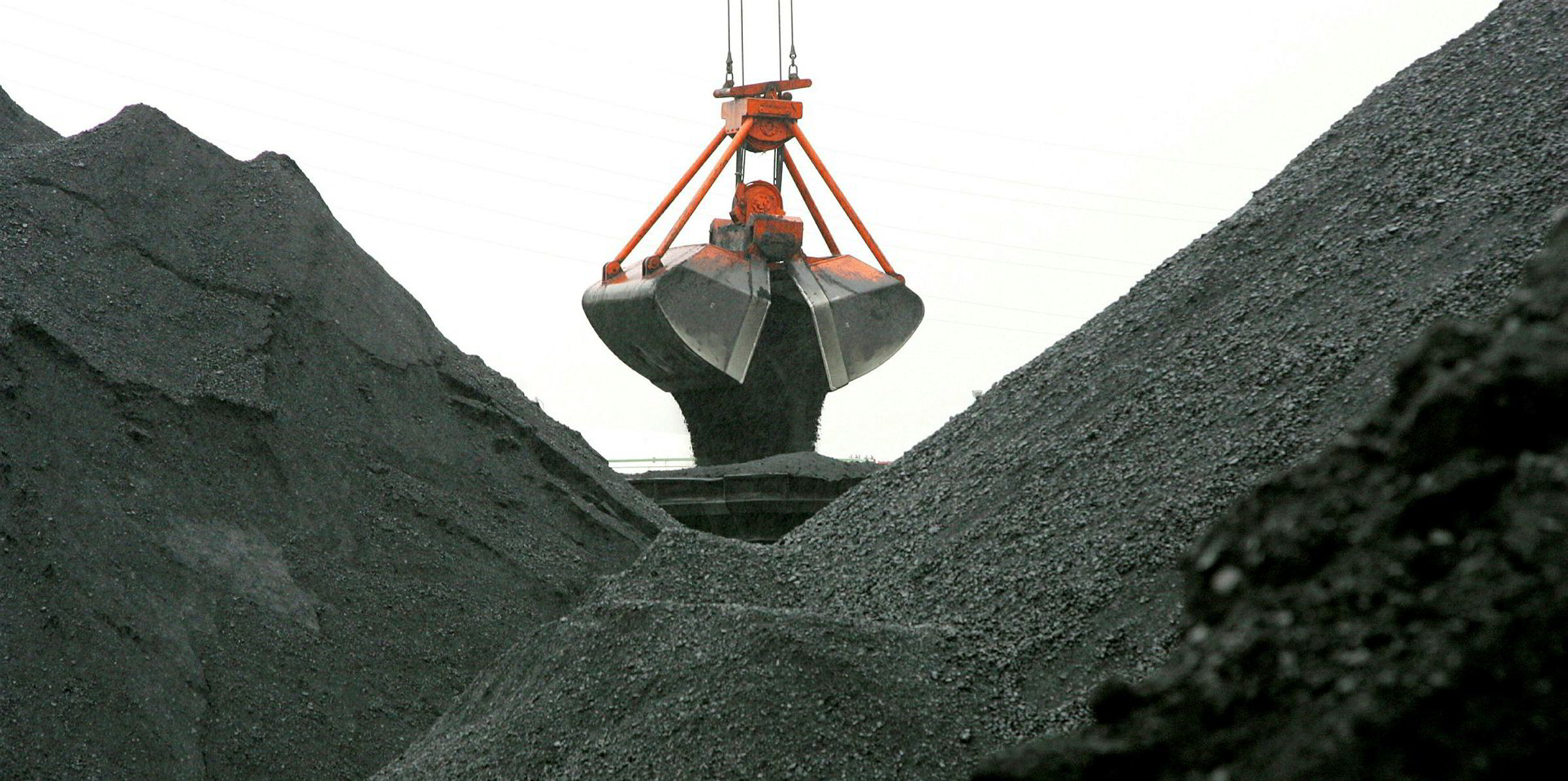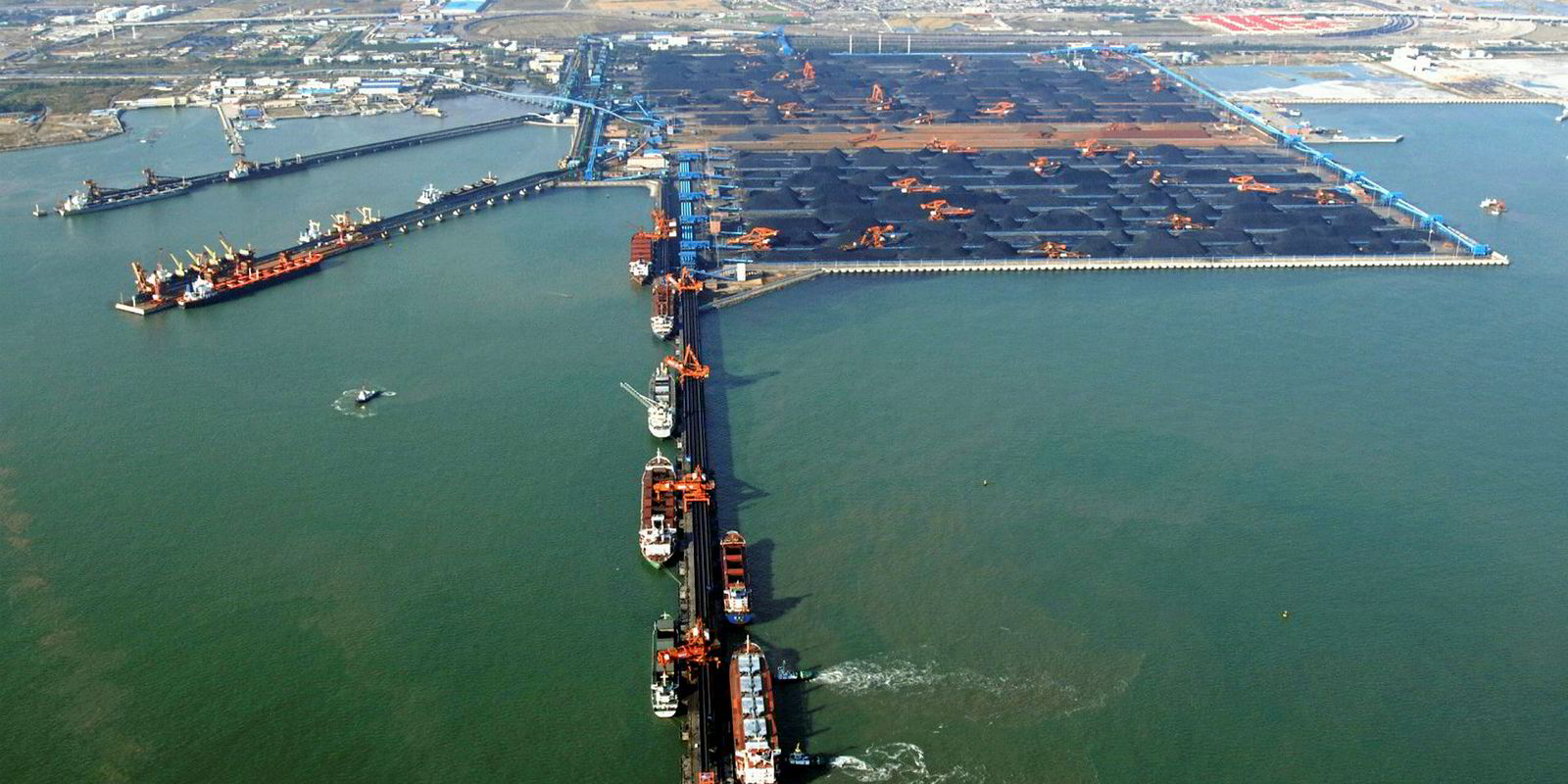Indonesian coal exports, a bedrock of the Asian dry bulk sector, faces a potentially uncertain future as regulatory issues cloud the horizon.
A report late last year by Wood Mackenzie forecast that Indonesia’s consumption of domestic coal for power generation will almost double to 157mt by 2027, increasing its share of domestic consumption from 18.5% to 33.6%.
“This increase combined with potential government efforts to conserve coal reserves represents a downside risk for Indonesian exports,” the research and consultancy group said.
But fears that export tonnage will be displaced are unfounded say Ralph van der Hoeven, general manager, Klaveness Shipping (Shanghai) and Peter Lindstrom, head of research, AS Klaveness Chartering.
“It’s not really about a declining export market as most economies within the region are desperate for Indonesian coal and more an issue of increasing domestic market,” the two Klaveness executives tell TradeWinds.
“Indonesian export laws seem to change every few years and while no doubt the domestic market will require a bigger share of the pie we believe that Indonesia will still have healthy exports over the short/medium term.”
“Especially if the domestic coal pricing is kept well below with what the Indonesian suppliers can get in the export market.”
Another factor that could impact the export market is Indonesia’s domestic market obligation (DMO) requirement for producers to sell 25% of their coal production on the domestic market.
“If you fail to deliver 25% then you would only be permitted to sell four times that amount in the following year,” say Van Der Hoeven and Lindstrom.
“This part as yet to be proved and we will know more in 2019 as to how serious the Indonesia government will be.
“Given the uncertainty related to total Indonesian coal production we find it difficult to assess how much of the total coal production that will be available to the export market.”
Van Der Hoeven and Lindstrom say Australia, or Russia, are the most logical competitors if there were a need for replacement cargoes.
But, the duo say that Indonesia is well known for its low calorific value (CV) coal and this for many receivers means Aussie and Russian coal is not technically feasible. Asian countries are building coal fired plants around Indonesian specs.
Van Der Hoeven and Lindstrom say that any reduction in Indonesian volumes would lead to longer average sailing distances which would be positive for the dry-bulk market.
“However, all things being equal lower Indonesian coal exports and longer sailing distances would lead to higher CIF coal prices which would shave off some demand.
“Nevertheless, we believe the net effect of lower Indonesian coal volumes will be positive for ton miles.”
Despite Indonesia’s push for more renewables and cleaner energy, Wood Mackenzie said it expects coal to still dominate the fuel mix at more than 60% from now until 2027.
“Coal is still they cheapest form of energy in many of Asian’s developing countries,” say Van Der Hoeven and Lindstrom.
“We think that the demand for coal in Asia will grow in the coming years as the vast fleet of power plants currently under construction comes on stream.
“Indonesia is in geographical terms perfectly positioned to fuel such a growth given its close proximity to the demand centers.”






